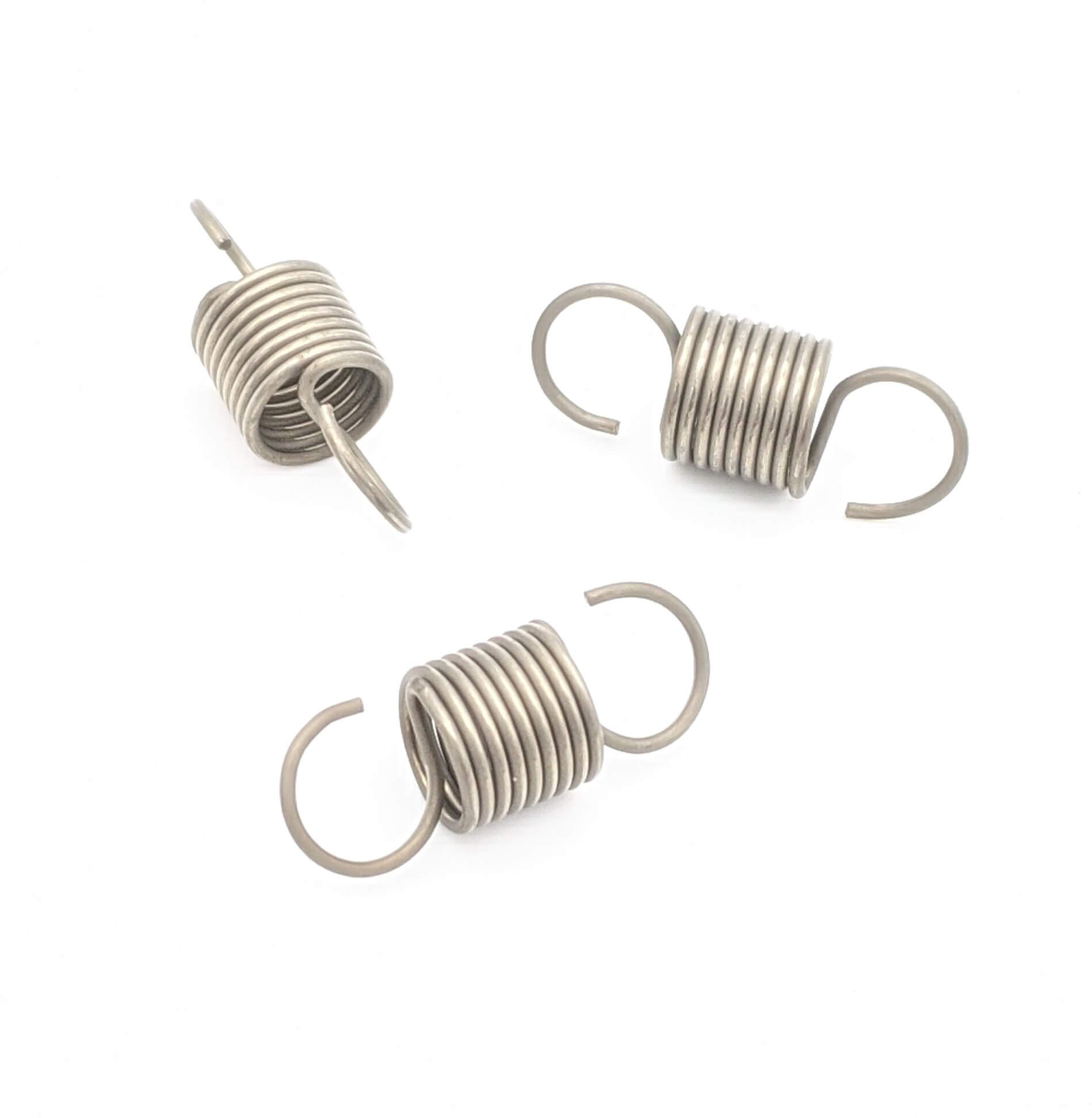Get unique, complex parts easily. No matter your requirements, Chaoyi Spring creates hard-to-produce coil springs and wire forms.
Let us help you create the custom wire form you need, from S-hooks and J-hooks to utility hooks and more.
We work closely with customers across a wide range of industries, helping them design and manufacture made-to-order parts.
Why choose Chaoyi Spring? We prioritize customer-focused collaboration, modern equipment and the latest technology to make your parts per print.
Find the information and guidance you need, from measuring a spring to learning about materials, placing an order and much more.
Springs are ubiquitous in our daily lives, powering everything from car suspensions to door hinges. But have you ever wondered how to properly compress a spring? It's not as simple


Springs are ubiquitous in our daily lives, powering everything from car suspensions to door hinges. But have you ever wondered how to properly compress a spring? It's not as simple as it seems, and getting it wrong can lead to damage or injury. This guide delves into the intricacies of spring compression, equipping you with the knowledge and techniques to safely and effectively compress springs for various applications.

Spring compression is the process of reducing the length of a spring by applying an external force. This force causes the coils of the spring to move closer together, storing potential energy. The amount of force required to compress a spring depends on its material, size, and spring rate. A higher spring rate means the spring is stiffer and requires more force to compress.
Compressing a spring can be dangerous if done improperly. Springs can store significant amounts of energy, and if released suddenly, they can spring back with considerable force, causing injury or damage. Here are some essential safety precautions:
There are various methods for compressing springs, each suited for different applications and spring types. The most common methods include:
Spring compressors are specialized tools designed for safe and efficient spring compression. They come in various sizes and designs, tailored to different spring sizes and configurations. Here's how a typical spring compressor works:
Spring compressors offer excellent control over the compression process and minimize the risk of spring recoil. However, they can be expensive and might not be practical for small springs.
For smaller springs, manual compression methods can be employed. This typically involves using a vise, a workbench, or even a sturdy piece of wood. However, manual compression requires careful handling and a steady hand to prevent accidents.
A drill press can be used to compress springs if you have the right setup. This method involves using a specially designed spring compression jig attached to the drill press. The jig holds the spring securely and allows for controlled compression.
Several factors influence how a spring is compressed, and understanding these factors is crucial for achieving the desired results.
The spring rate, also known as the spring constant, measures the stiffness of a spring. A higher spring rate indicates a stiffer spring, requiring more force to compress. The spring rate is typically measured in pounds per inch (lbs/in) or Newtons per meter (N/m).
The initial length of the spring determines how much it can be compressed. The maximum compression distance is usually less than the free length of the spring to prevent damage.
The material of the spring affects its compression characteristics. Steel springs are generally more rigid than springs made of other materials like copper or brass. The material's elasticity and yield strength also influence the spring's compression behavior.
Spring compression finds numerous applications across various industries. Here are some key examples:
Here are some helpful tips for successfully compressing springs:
Compressing a spring is a delicate process that requires knowledge, caution, and appropriate tools. By understanding the principles of spring compression, following safety guidelines, and using proper techniques, you can safely and effectively compress springs for a wide range of applications. Remember, safety is paramount, and always err on the side of caution when handling springs. With careful planning and execution, you can master the art of spring compression and ensure the smooth functioning of your devices and systems.
This article provided a comprehensive overview of spring compression, covering its principles, safety considerations, common methods, and important factors. By applying the knowledge and techniques outlined here, you can confidently approach spring compression tasks, whether for repair, assembly, or manufacturing purposes. Remember, safe and proper spring compression is essential for both the longevity of the spring and the safety of those working with it.
Browse some of the custom wire forms and springs that we manufacture. Don’t see what you need? We specialize in made-to-order products that meet your application requirements.
Visit Our GalleryNeed a custom wire form or coil spring? We make it work. Fill out the contact form and a representative will respond within 1 business day. If you have a PDF or CAD file, you can submit to request a quote.